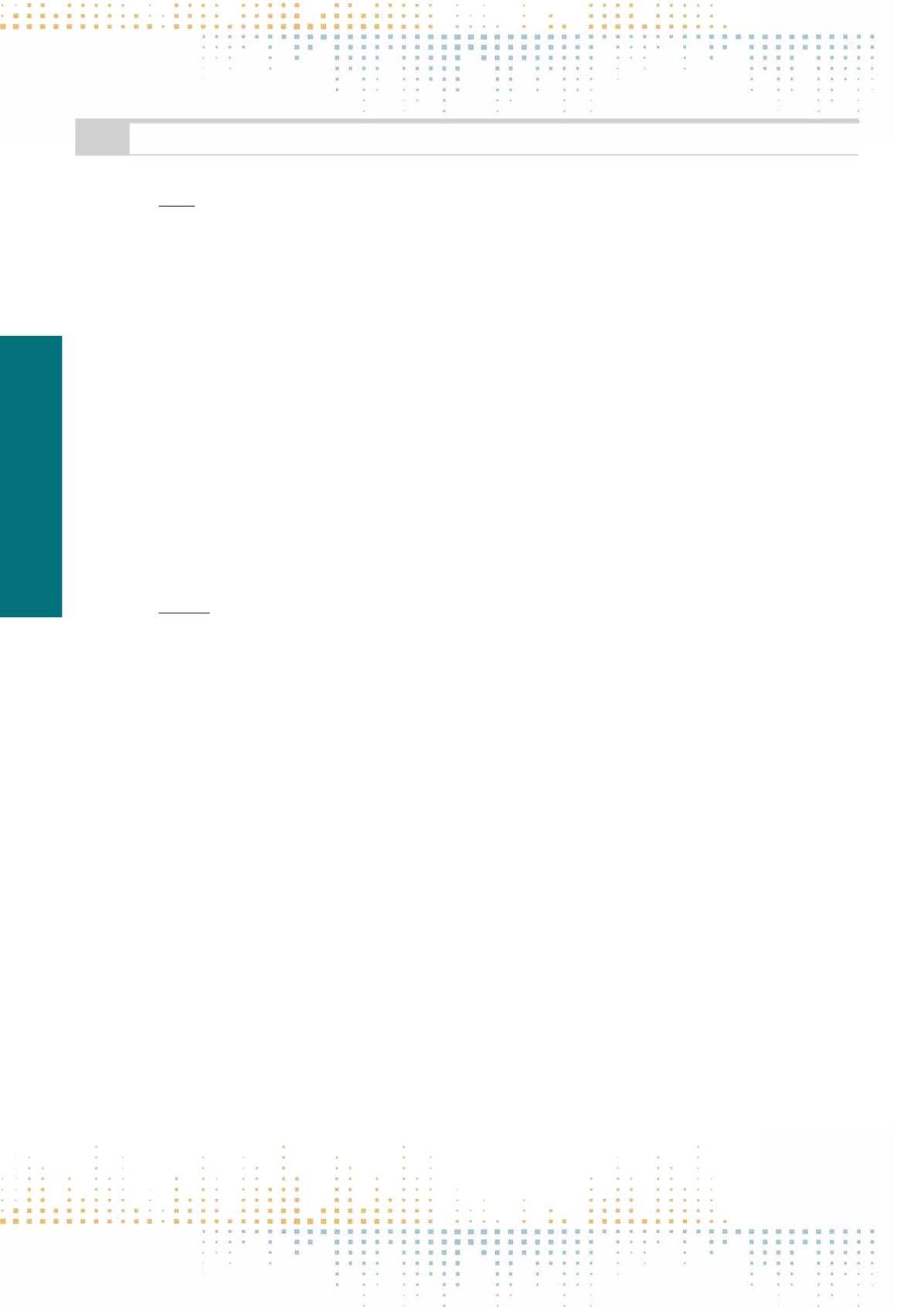

456
Thursday, November 10
1 1 : 0 0 – 1 2 : 3 0
MED02 Technology, Digital Media and Social Change
PP 097
The Internet of Things: A Challenge to Mediatization
J. Miller
1
1
Hampshire College, School of Cognitive Science, Amherst, USA
The slightly polemical assertion that prior to mediatization theory, “media have been conceived of as separate from society and culture” (Hjarvard 2008)
nevertheless underscores mediatization’s fundamental claim: that media are today ubiquitous and inescapably intertwined with most of social life. Its two
empirical approaches share this view. One proceeds at the institutional level, examining co-dependent relationships between media and non-media sectors
and organizations for shifting balances of power. The other explores micro-level behavior for ways that specific media usage changes established interac‑
tion patterns. Neither approach is terribly interested in media technology. Both take it as a given, as a means available for use to be selectively adopted
as it suits large-scale and individual actors. The consequences of media use, under conditions of mediatization, are then less about the media per se than
the instrumental agency of media users. The emerging internet of things (IoT), however, challenges this underlying assumption. It posits a material world
of intelligent, interactive, networked media functionalities. Not only will they be found in traditional media devices (a radio), but more commonly they
will be embedded in non-media objects and places (think, already, of the nearly continuous wifi and mobile data networks, accessible through a variety
of multi-media devices). While the eventual details of an IoT are debatable, the speed and scale of its development are striking. Informed estimates are
that 6.4 billion IoT“things”will be in use during 2016, and that by 2020 the number will be as many as 38 billion. At least 26 firms each invested $1 billion
or more in 2015 on IoT initiatives. The realization of an internet of things poses difficult questions for mediatization research. If the material world, and
especially the built environment, is suffused with media affordances, when can social life be said to be wholly technologically unmediated? Conceptually
and practically, will it make sense to speak of “media” in the familiar way? Being surrounded by responsive and anticipatory media, how much media use
will be conscious, intentional and agentive? This paper proposes to do three things. First, it will survey theoretical and empirical mediatization literature
in order to identify how it is or is not applicable to an internet of things. Second, it will present a thorough and critical account of the best understandings
of the nature, timeline and uncertainties of the IoT. Lastly, informed by the first two, the paper will discuss future directions for mediatization research in
a social world characterized by an internet of things. Hjarvard, Stig (2008)“The mediatization of society,”Nordicom Review 29:2.
PP 098
Networks of Change: The Mediatization of Face-To-Face Interaction
S. Hjarvard
1
1
University of Copenhagen, Media- Cognition and Communication, Copenhagen S, Denmark
In this paper I will address how the presence of social network media and various forms of online and mobile digital media for interpersonal communication
comes to influence and change the conditions of face-to-face interaction between people. Drawing on recent contributions to mediatization theory, it is
discussed how the overlap between virtual and physical interaction comes to change the character of the social situation and the available resources for
social encounters. Gradually, people become dependent on the media for everyday social interaction both in formal organizational settings and in informal
private situations, and this dependency reflects an accommodation of social interaction to the various logics of network media (technologically, aesthetical‑
ly and institutionally) as well as an accommodation of social network media to the structures of everyday interaction and communication. Goffman’s (1971)
concepts of ‘frontstage’, ‘backstage’and ‘social territories’are important for understanding the ways in which participants construct meaningful boundaries
around the ‘stage’of social interaction. The presence of social network media as well as other digital media during face-to-face interaction may reconfigure
the interactional territory and the social definition of the situation. Habermas’(1989) distinction between system and life world is relevant in two ways for
the purpose of this analysis: Firstly, various forms of social network media involve an integration of systemic logics of the media themselves with life world
interactional norms, and secondly, the media have the potential to make the logics of other institutional domains virtually present during face-to-face
encounters. As regards the first dimension, social network media have, as Dijck (2013) has demonstrated, become a taken-for-granted infrastructure for
social interaction and their modus operandi is based on various logics like popularity, hierarchical ranking, quick growth, personalized recommendations,
etc. This entails a new form of interpersonal and group interaction in which technologically based systemic structures come to co-construct interaction in
tandem with existing life world norms. As regards the second dimension, media enable other systemic rationalities to become present in face-to-face en‑
counters, for instance when various commercial services offer themselves as resources for interactive contact, entertainment, etc.The theoretical arguments
are exemplified by data from a recent national survey of media use and media dependency (N=1500). The survey was conducted among a representative
sample of the Danish population and addresses the usage and perceived influence of various media on social interaction and maintenance of social relations
in contexts of both leisure and work. The survey documents to what extent people experience social network media to interfere in face-to-face interaction,
the perceived dependency of individuals on social network media in contexts of family and work, and the degree to which the behavior and self-presenta‑
tion of other people differ in online and offline contexts. References Dijck, J. v, (2013) The Culture of Connectivity. Oxford: Oxford University Press. Goffman,
E. (1971) The Presentation of Self in Everyday Life. London: Penguin. Habermas, J. (1989) The Theory of Communicative Action, Vol. 2. London: Heinemann.



















